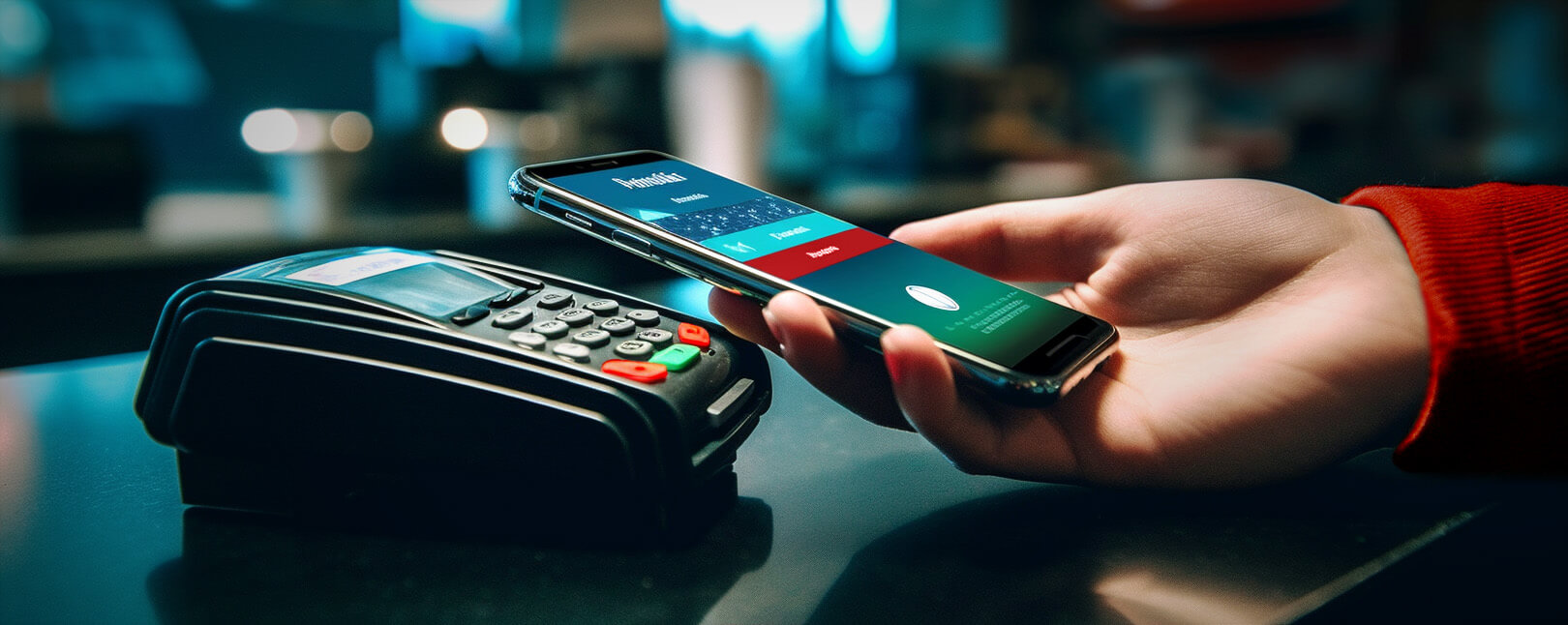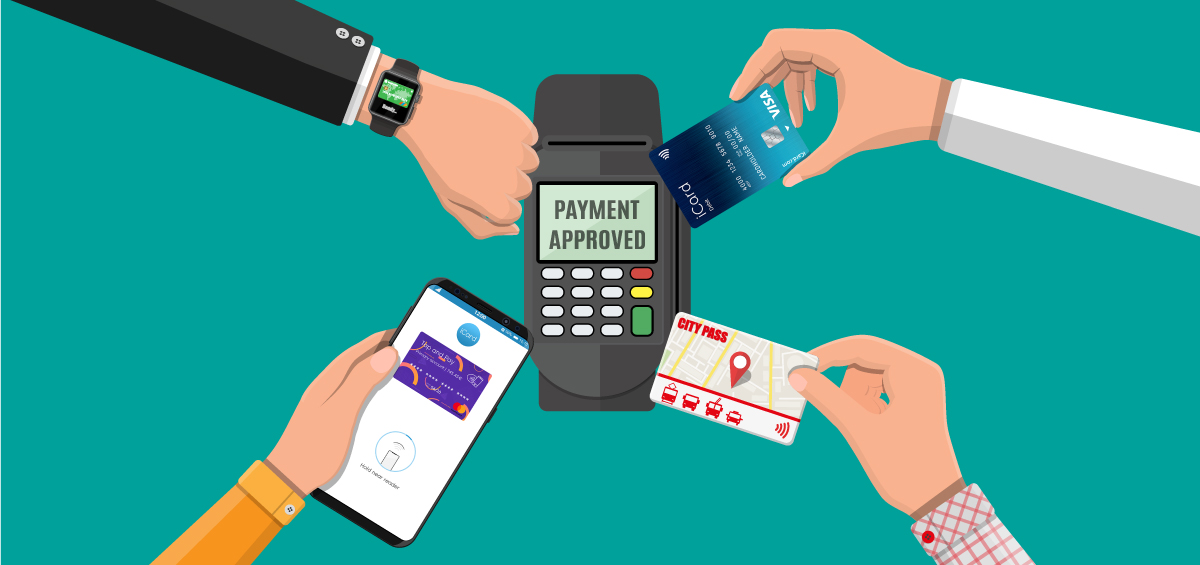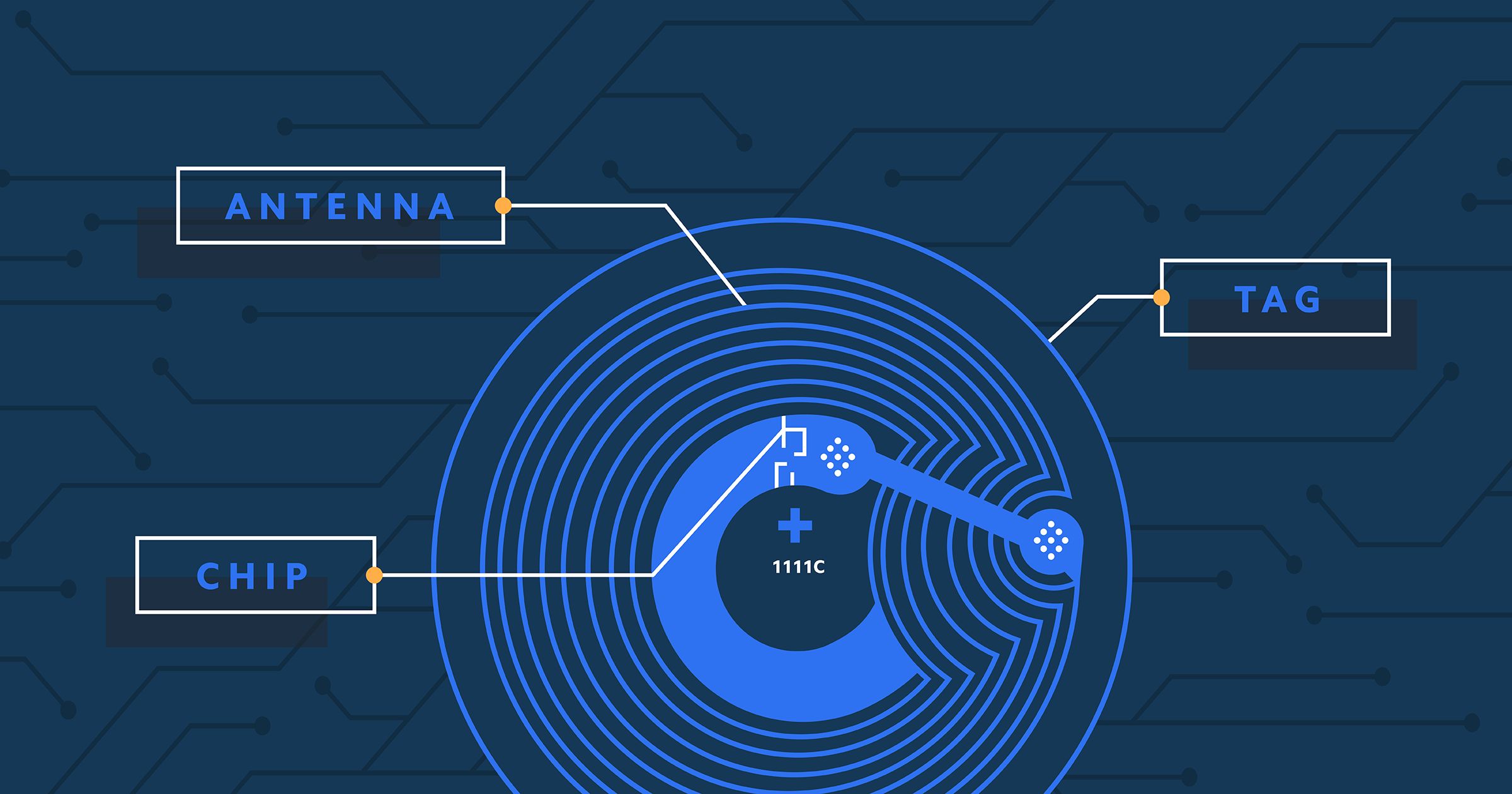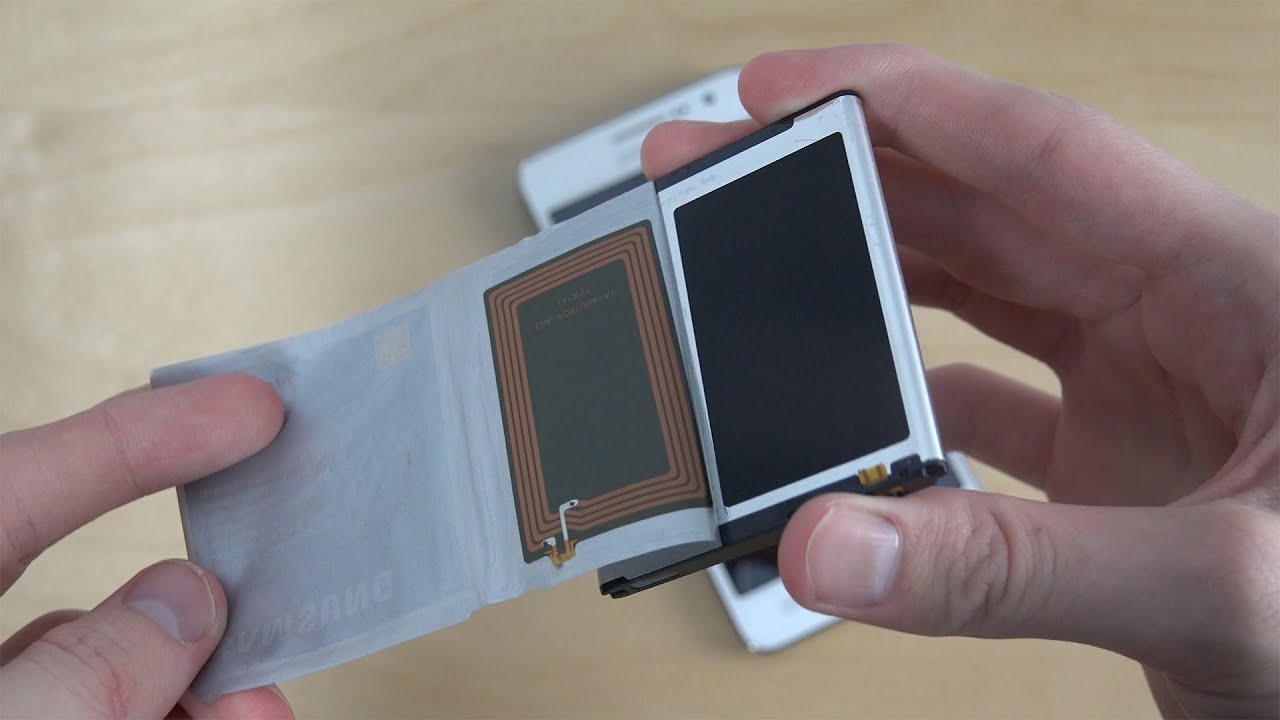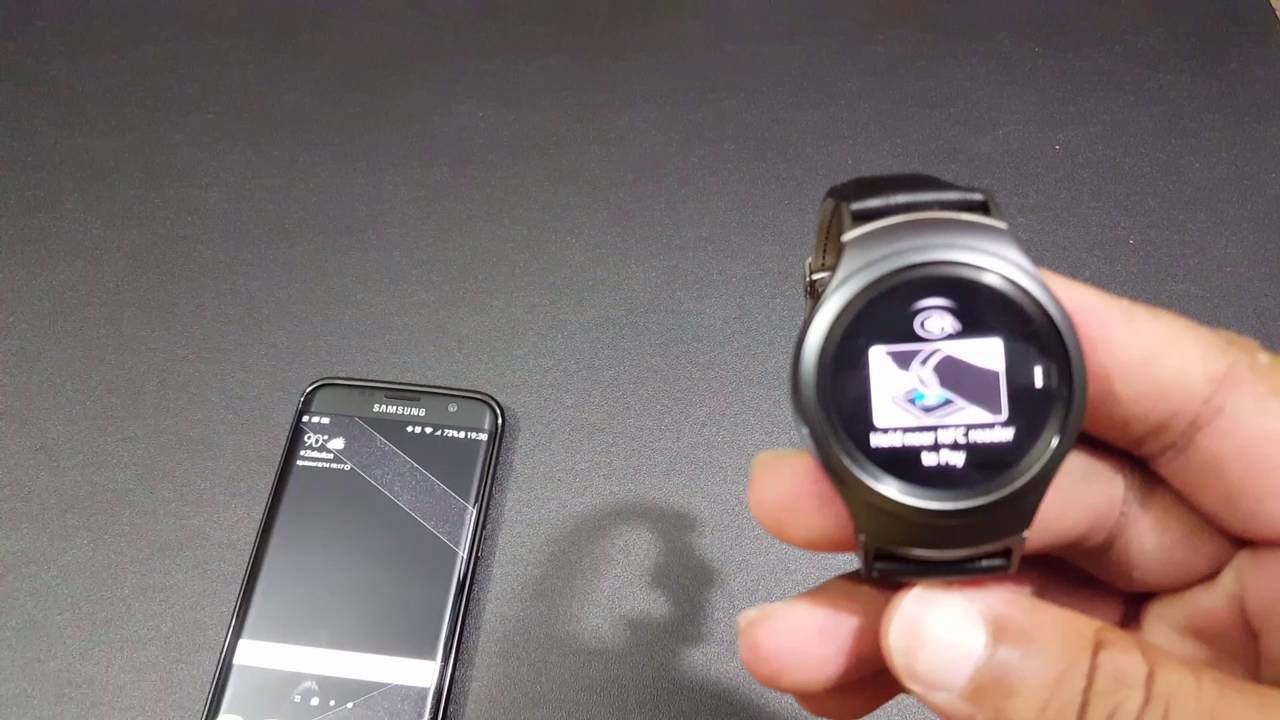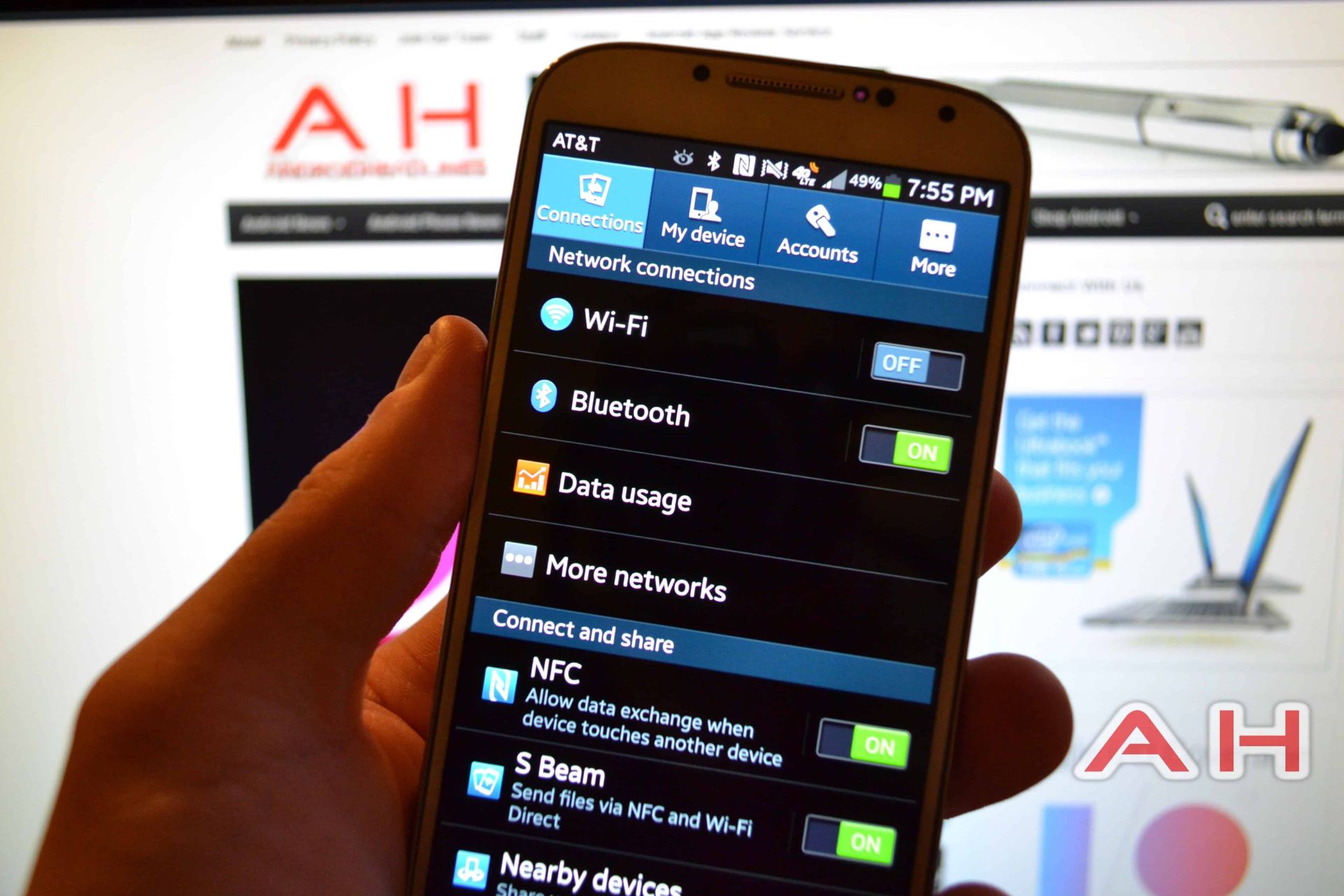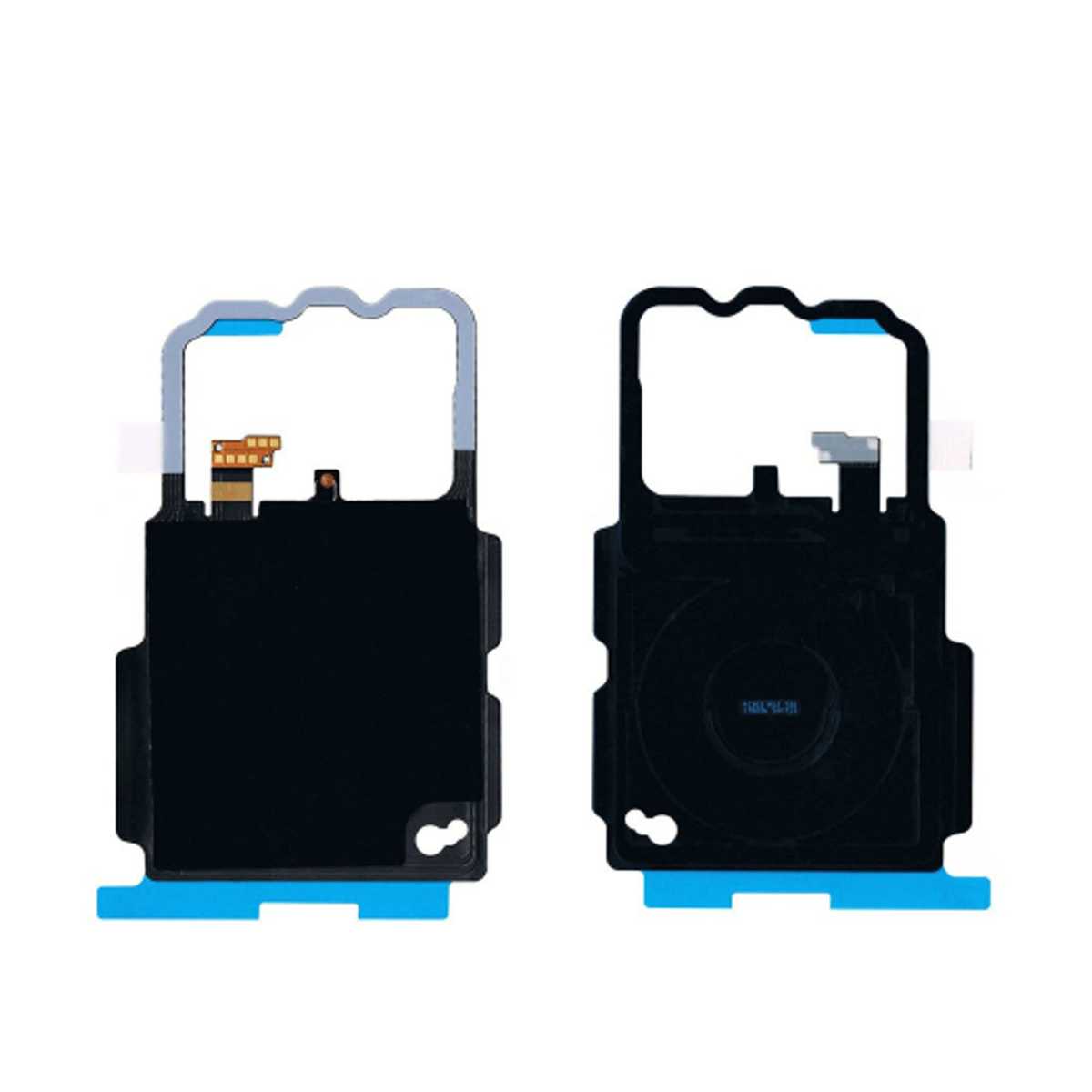Introduction
Near Field Communication (NFC) is a wireless technology that allows devices to communicate with each other by simply being brought into close proximity. It has gained popularity in recent years due to its convenience and versatility, enabling users to perform a wide range of tasks such as making payments, sharing files, and connecting devices with just a tap.
NFC operates on radio frequency identification (RFID) technology, which allows devices to exchange information when they come within close range of each other. This proximity-based communication eliminates the need for physical connections or complex set-up procedures, making it incredibly accessible for users.
The widespread adoption of NFC has revolutionized various industries, including finance, transportation, healthcare, and retail. Its rapid growth can be attributed to its ease of use, security features, and compatibility across different platforms.
In this article, we will delve into the technical workings of NFC, explore its effective communication distance, and discuss the factors that can affect its performance. Understanding the range and limitations of NFC will help users make informed decisions when utilizing this technology and ensure seamless and reliable communication between NFC-enabled devices.
So, let’s journey into the world of NFC and discover the intricacies behind this remarkable wireless communication technology.
What is NFC?
Near Field Communication (NFC) is a short-range wireless communication technology that enables two devices to exchange data when they are within close proximity. It operates on the principles of radio frequency identification (RFID), allowing devices to communicate by initiating a contactless connection.
NFC uses electromagnetic induction to establish a connection between two devices. It requires one device to act as the initiator, also known as the active device, and the other device to respond as the target or passive device. The active device generates a radio frequency field that powers the passive device and enables data transfer between the two devices.
One of the remarkable features of NFC is its compatibility with a wide range of devices, including smartphones, tablets, wearable devices, and even credit cards with NFC-enabled capabilities. This widespread compatibility has propelled NFC into various applications, such as mobile payments, ticketing systems, access control, and data sharing.
NFC transactions are typically initiated by physically bringing the two devices close together, usually within a few centimeters. This close proximity requirement ensures a secure and reliable connection, making it suitable for various applications where data privacy and authentication are crucial.
NFC operates at a frequency of 13.56 MHz, which is a globally recognized standard for short-range wireless communication. This frequency allows for efficient data transfer rates and ensures interoperability between different NFC-enabled devices.
With NFC, users can simply tap or bring their devices close to each other to establish a connection and exchange information. This seamless and quick interaction makes NFC an ideal solution for contactless payments, sharing multimedia content, pairing Bluetooth devices, and many other tasks that require secure and convenient communication between devices.
Next, let’s dive deeper into how NFC works and explore its technical aspects to gain a comprehensive understanding of this fascinating wireless technology.
How Does NFC Work?
Near Field Communication (NFC) operates on the principles of radio frequency identification (RFID) technology. It uses electromagnetic induction to establish a contactless connection between two NFC-enabled devices.
When two devices with NFC capabilities come into close proximity, they initiate communication by generating electromagnetic fields. One device acts as the initiator (active device), while the other device responds as the target (passive device).
The initiator device generates a radio frequency field, known as the RF field, which powers the passive device and allows data transfer to occur. This RF field is composed of alternating current (AC), which generates a changing magnetic field around the initiator device.
The passive device, equipped with an NFC chip, contains a loop antenna that detects the changing magnetic field generated by the initiator device. This changing magnetic field induces an electric current within the passive device’s coil, enabling it to communicate with the active device.
Once the passive device detects the RF field, it modulates the current in its coil to send back a response signal to the active device. This response signal contains the desired information or instructions that the passive device wants to transmit.
The active device then reads and processes the response signal from the passive device, allowing data exchange to take place between the two devices. This communication occurs through the NFC chip embedded in both devices, ensuring compatibility and seamless interaction.
It’s important to note that NFC operates at a short range, typically within a few centimeters. This proximity requirement ensures a secure and reliable connection between the devices and prevents unwanted interference from nearby NFC-enabled devices.
NFC technology supports two modes of operation: active and passive. In active mode, the initiator device provides power to the passive device, allowing data transfer between the two devices. In passive mode, both devices rely on an external power source to facilitate communication.
Overall, NFC technology simplifies the process of data transfer between devices by eliminating the need for physical connections or complex configuration steps. Its contactless and secure nature has contributed to its widespread adoption in various industries, offering users a convenient and efficient way to share information and perform tasks with just a simple tap or touch.
Now that we have explored the functioning of NFC, let’s move on to understanding the range of NFC and how effectively NFC devices can communicate with each other.
The Range of NFC
The range of Near Field Communication (NFC) refers to the maximum distance at which two NFC-enabled devices can effectively communicate with each other. Unlike other wireless technologies such as Wi-Fi or Bluetooth, NFC operates at a relatively short range.
The effective communication distance of NFC is typically around 1 to 4 centimeters, or about 0.4 to 1.6 inches. This close proximity requirement ensures a secure and reliable connection between the devices, making NFC ideal for applications that prioritize data privacy and authentication.
The limited range of NFC ensures that communication occurs only when the devices are intentionally brought close together. This physical proximity requirement adds an extra layer of security, as it significantly reduces the risk of unauthorized access or eavesdropping on data transactions.
The short-range nature of NFC also helps to minimize interference from other NFC-enabled devices that may be nearby. This ensures that the correct devices are communicating with each other, avoiding confusion or errors in data transfer.
It is important to note that NFC requires both devices to be in very close proximity, often referred to as “touching” or “tapping.” Although this proximity requirement may seem restrictive, it actually enhances the user experience by enabling quick and effortless communication between devices.
By bringing two NFC-enabled devices in direct contact, users can initiate transactions or exchange information seamlessly. This ease of use has made NFC widely adopted in various applications, including mobile payments, smart card systems, and digital content sharing.
While the range of NFC may be limited compared to other wireless technologies, its short-range communication is a deliberate design aspect that prioritizes security, convenience, and efficient data transfer. By ensuring that devices are close to each other, NFC eliminates the need for complex pairing processes or manual input of information, making it a user-friendly and intuitive communication solution.
Now that we have explored the range of NFC, let’s delve into the factors that can affect the effective communication distance between NFC devices.
Effective Communication Distance for NFC Devices
The effective communication distance for Near Field Communication (NFC) devices typically ranges between 1 to 4 centimeters, or about 0.4 to 1.6 inches. This close proximity requirement ensures reliable and secure data transfer between devices. However, it’s important to understand that the actual communication distance may vary based on several factors.
One of the primary factors influencing the effective communication distance is the design and power of the NFC antennas in the devices. The size and quality of the antennas play a crucial role in determining how far the NFC signals can reach. Devices with larger antennas and better signal transmission capabilities tend to have a slightly extended communication distance.
Environmental factors can also affect the effective communication distance of NFC. Materials such as metal or concrete can interfere with NFC signals and limit the range. Conversely, devices placed on non-metallic surfaces or in open spaces tend to have a slightly longer communication distance. It’s essential to consider the surrounding environment when attempting to establish an NFC connection.
Another crucial factor to consider is the strength and quality of the NFC signal. The strength of the NFC signal can be affected by interference from other electronic devices operating on similar frequencies, such as Wi-Fi or Bluetooth devices. Additionally, obstacles between the NFC-enabled devices, such as walls or other objects, can weaken the signal and reduce the effective communication distance.
Similarly, the power output of the NFC-enabled devices can impact the range. Devices with higher power outputs can achieve slightly longer communication distances, while those with lower power outputs may have a shorter effective range.
Additionally, the orientation and alignment of the NFC devices can affect the communication distance. For optimal performance, it is recommended to align the NFC antennas of the devices as closely as possible, ensuring a direct and unobstructed line of sight between them.
It’s worth noting that the effective communication distance of NFC is intentionally kept short to ensure data security and prevent accidental interference or unintended data transfers. This close-range requirement adds an extra layer of protection, making NFC an ideal choice for applications where privacy and authentication are paramount.
Understanding these factors can help users optimize the effective communication distance and ensure reliable NFC connections. By considering the design of the devices, the surrounding environment, signal strength, and orientation, users can enhance the performance of their NFC-enabled devices for seamless and secure data transfer.
Now, let’s explore the factors that can affect the effective communication distance between NFC devices.
Factors Affecting Effective Communication Distance
Several factors can influence the effective communication distance between Near Field Communication (NFC) devices. Understanding these factors is crucial for optimizing the range and ensuring reliable data transfer.
1. Device Design and Antenna Quality: The design of the NFC-enabled devices and the quality of their antennas play a significant role in determining the communication distance. Devices with larger, more efficient antennas tend to have a slightly extended range compared to devices with smaller or less effective antennas.
2. Environmental Factors: The surrounding environment can impact the effective communication distance of NFC. Materials such as metal or concrete can interfere with NFC signals, causing the range to decrease. On the other hand, devices placed on non-metallic surfaces or in open spaces can achieve slightly longer communication distances.
3. Signal Interference: Interference from other electronic devices operating on similar frequencies, such as Wi-Fi or Bluetooth, can weaken the NFC signal and reduce the communication distance. It is essential to be mindful of other devices that may interfere with the NFC signal in the vicinity.
4. Power Output: The power output of the NFC-enabled devices can affect the effective communication distance. Devices with higher power outputs generally have a slightly longer range compared to devices with lower power outputs.
5. Obstacles: Physical obstacles, such as walls, furniture, or other objects, between the NFC devices can weaken the signal and limit the communication distance. It is important to ensure a clear line of sight and minimize obstruction between the devices for optimal performance.
6. Antenna Alignment and Orientation: Aligning the NFC antennas of the devices closely and ensuring a direct line of sight between them can enhance the communication distance. Proper alignment and orientation maximize the efficiency of signal transfer and improve the overall range.
7. Near Field Interactions: The effective communication distance of NFC is intentionally limited to prevent accidental interference or unintended data transfers. The short-range requirement adds an extra layer of security, ensuring that devices must be in close proximity to establish a connection.
Understanding these factors can help users optimize the effective communication distance of NFC. By considering the design of the devices, the surrounding environment, signal interference, power output, obstacles, and antenna alignment, users can enhance the performance of their NFC-enabled devices and ensure reliable data transfer.
Now, let’s delve into some best practices for effective NFC communication.
Best Practices for Effective NFC Communication
To ensure optimal performance and reliable communication between Near Field Communication (NFC) devices, it is important to follow some best practices. These practices can help maximize the effective communication distance and ensure seamless data transfer. Here are some guidelines to consider:
1. Proper Alignment: Aligning the NFC antennas of the devices as closely as possible ensures a direct and unobstructed line of sight between them. This alignment maximizes the efficiency of signal transfer and improves the overall range of communication.
2. Minimize Obstructions: Avoid placing any physical barriers, such as walls, furniture, or other objects, between the NFC-enabled devices. Obstacles can weaken the NFC signal and limit the effective communication distance. Ensure a clear line of sight for optimal performance.
3. Choose Suitable Devices: Select NFC-enabled devices that have larger, more efficient antennas. Devices with better signal transmission capabilities tend to have an extended communication range. Consider the design and specifications of the devices before making a purchase.
4. Check for Interference: Take note of other electronic devices operating on similar frequencies, such as Wi-Fi or Bluetooth devices, that may be nearby. These devices can interfere with the NFC signal and impact the communication distance. Minimize potential interference to maintain reliable NFC connections.
5. Optimize Power Output: Devices with higher NFC power outputs generally have a slightly longer communication range. If possible, choose devices with higher power outputs for improved performance. However, keep in mind that the effective communication distance is still limited by the nature of NFC technology.
6. Consider the Environment: The surrounding environment can influence NFC communication. Materials like metal or concrete can interfere with the NFC signal, while non-metallic surfaces or open spaces can enhance the range. Be aware of the environment and its impact on NFC performance.
7. Keep Devices Updated: Ensure that the operating systems, firmware, and NFC-related software on your devices are up to date. Manufacturers often release updates that improve NFC functionality, security, and performance. Installing these updates can help optimize NFC communication.
8. Maintain Proximity: Remember that NFC requires close proximity for effective communication. Keep the devices within the recommended range of 1 to 4 centimeters (0.4 to 1.6 inches) for reliable data transfer. Avoid unnecessary distance between devices to ensure successful NFC connections.
By following these best practices, users can enhance the effectiveness of NFC communication and enjoy seamless data transfer between NFC-enabled devices. Understanding the range limitations and implementing these guidelines will result in a more reliable and enjoyable NFC experience.
Next, let’s summarize the key points discussed in this article.
Conclusion
Near Field Communication (NFC) is a powerful wireless technology that enables devices to communicate with each other by simply being brought into close proximity. It operates on the principles of radio frequency identification (RFID) and offers a range of applications and benefits in various industries.
In this article, we explored the fundamentals of NFC, including how it works and its effective communication distance. We learned that NFC operates at a short range of about 1 to 4 centimeters, ensuring secure and reliable data transfer between devices.
We also discussed the factors that can affect the effective communication distance of NFC devices, such as device design, environmental factors, signal interference, power output, obstacles, and antenna alignment. Understanding these factors can help users optimize NFC communication for better performance.
Lastly, we provided some best practices for effective NFC communication, including aligning antennas, minimizing obstructions, choosing suitable devices, checking for interference, optimizing power output, considering the environment, and keeping devices updated. Following these guidelines can enhance the range and reliability of NFC connections.
Overall, NFC technology continues to revolutionize various aspects of our lives, from mobile payments and ticketing systems to data sharing and smart devices. Its convenience, security, and simplicity make it an ideal communication solution for a wide range of applications.
As NFC technology continues to evolve, we can expect even more innovative applications and advancements in the future. By understanding the capabilities and limitations of NFC and implementing best practices, users can make the most of this remarkable wireless technology.
So, tap into the power of NFC and experience the seamless connectivity it offers. Let NFC bring you closer to a world of convenience and possibilities.







